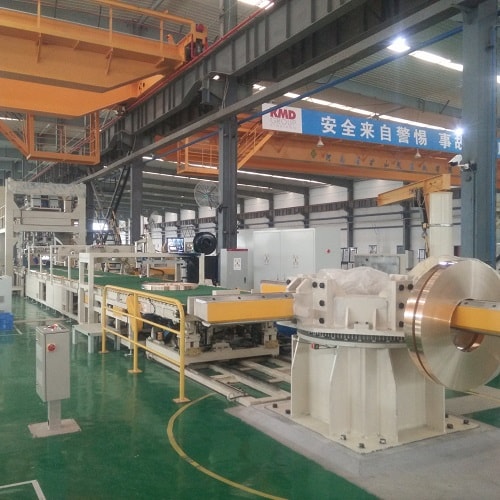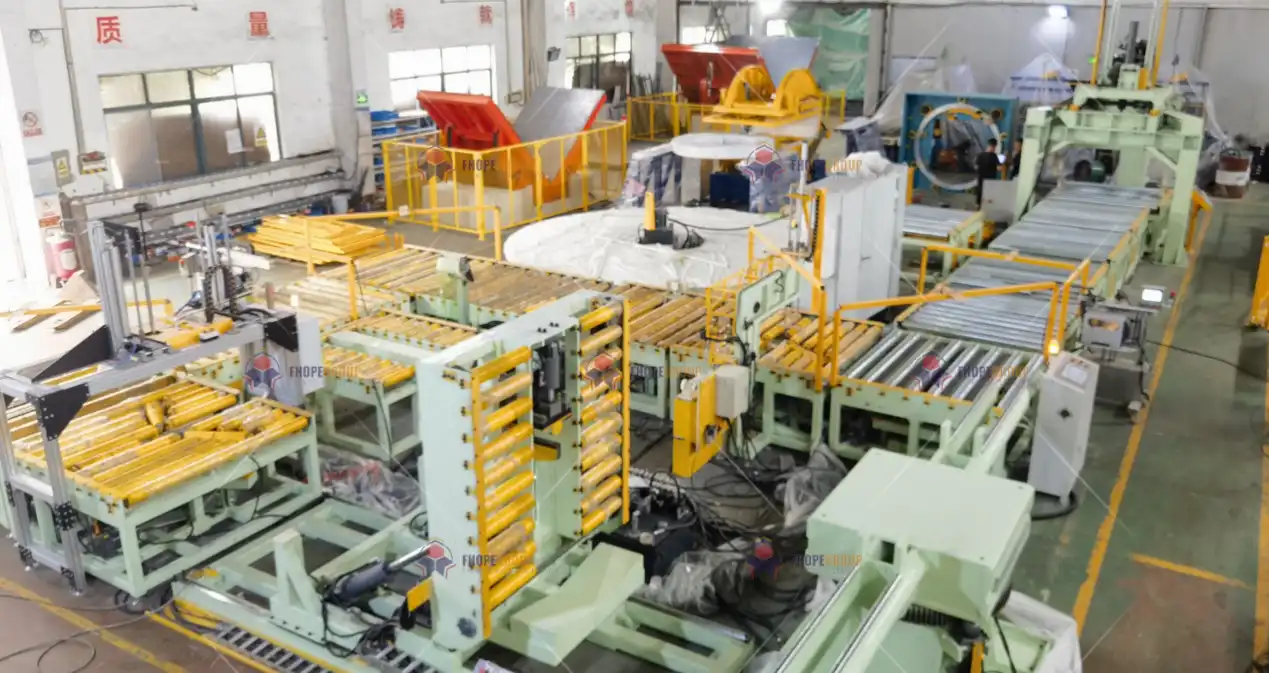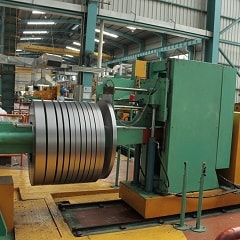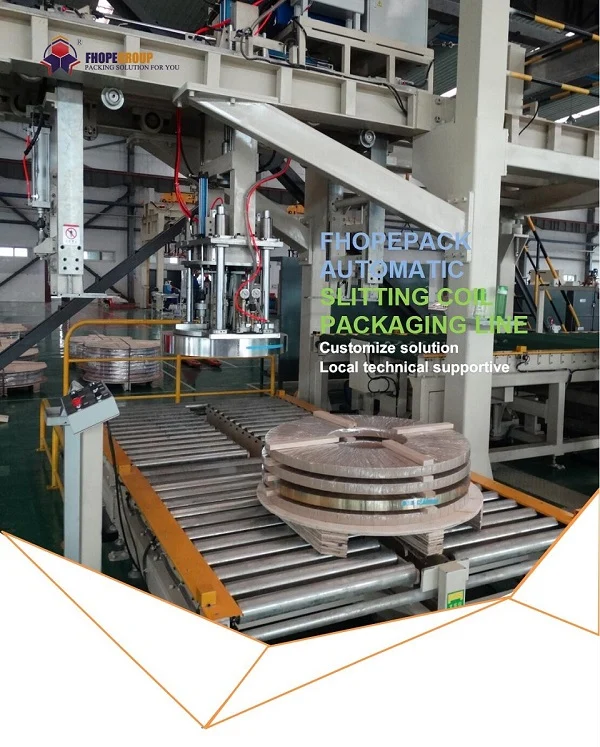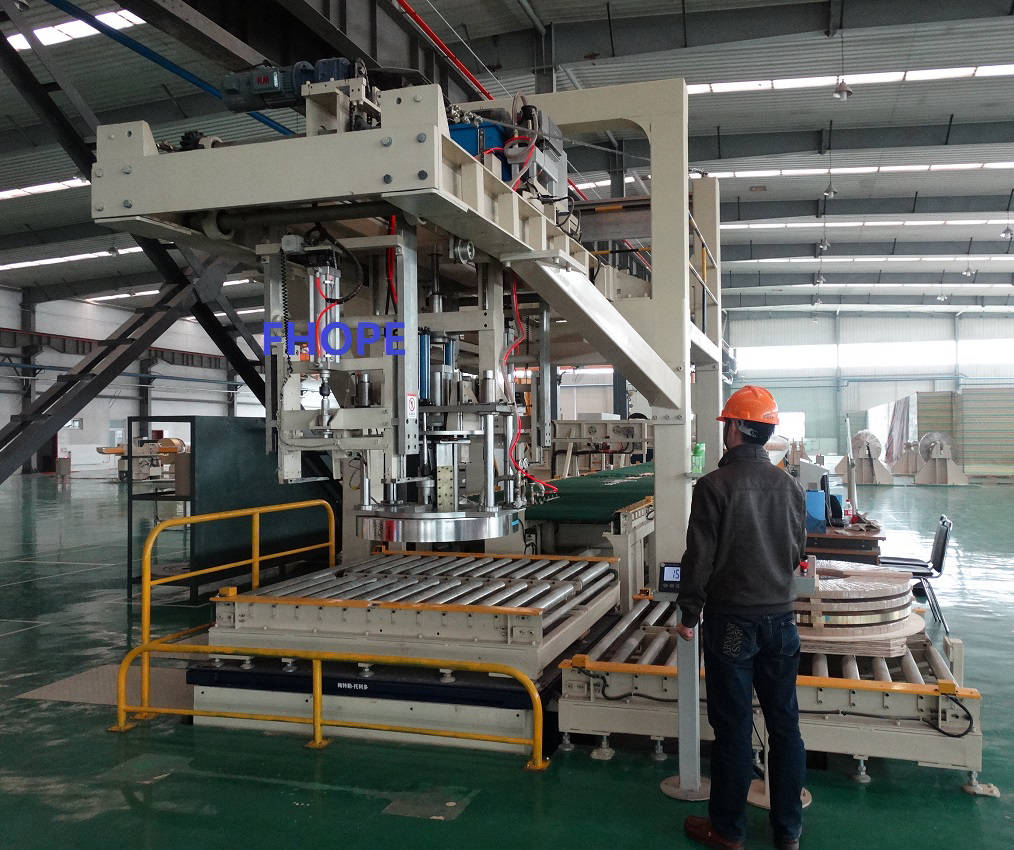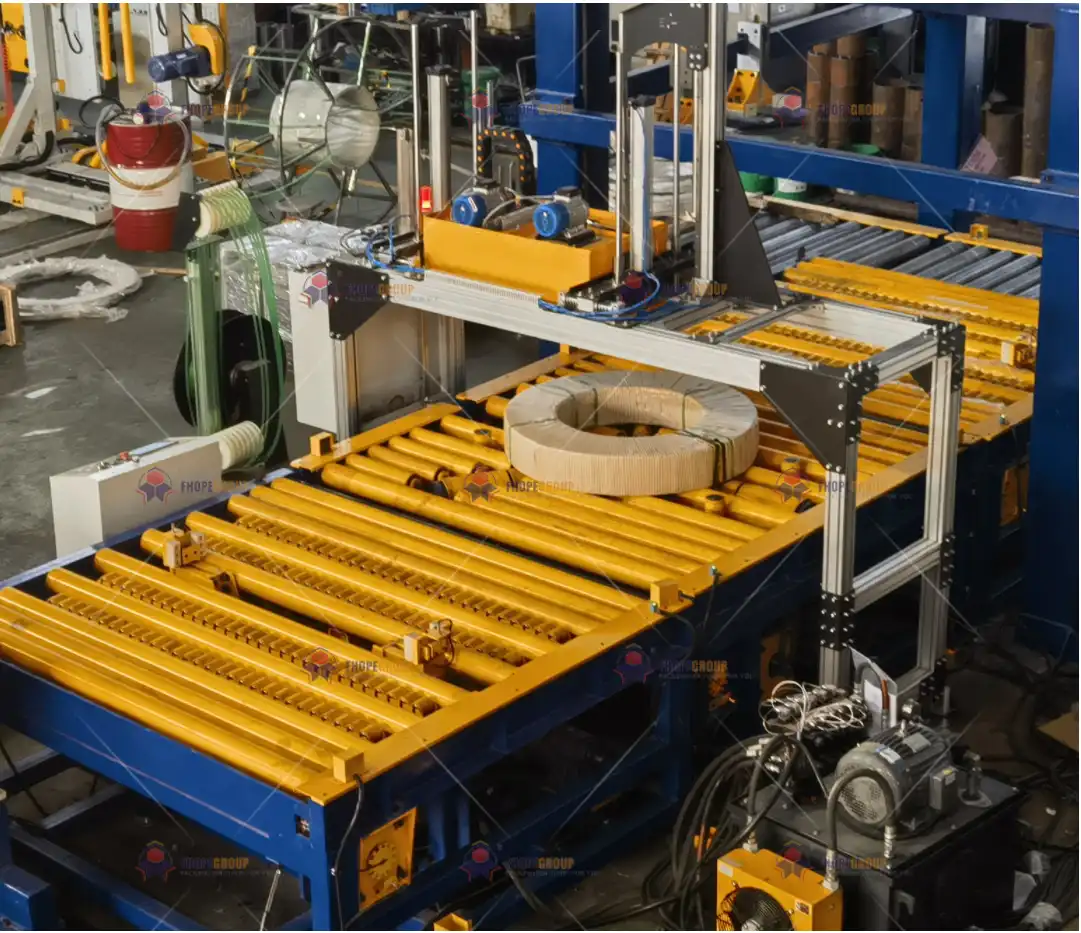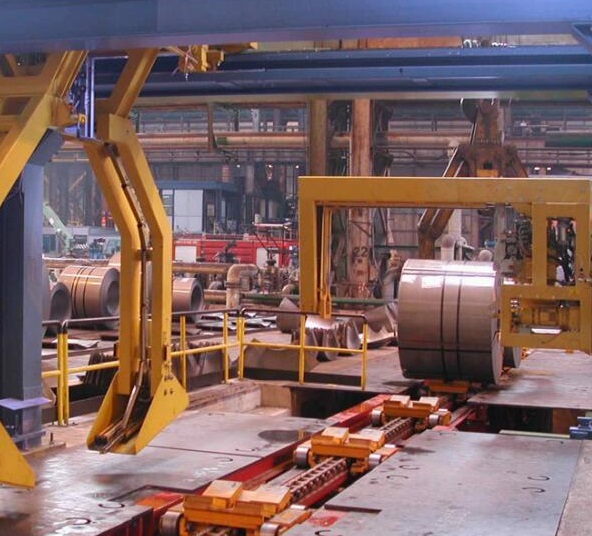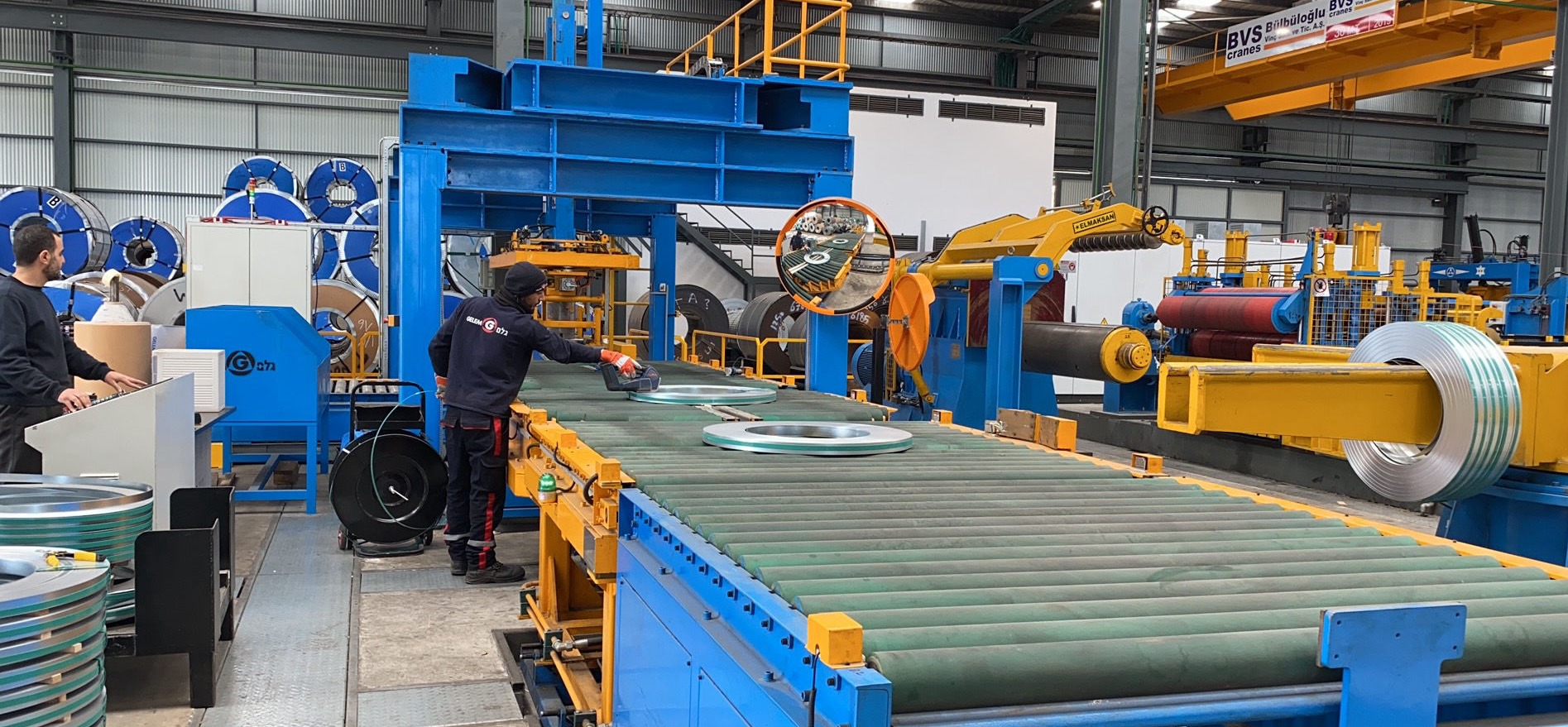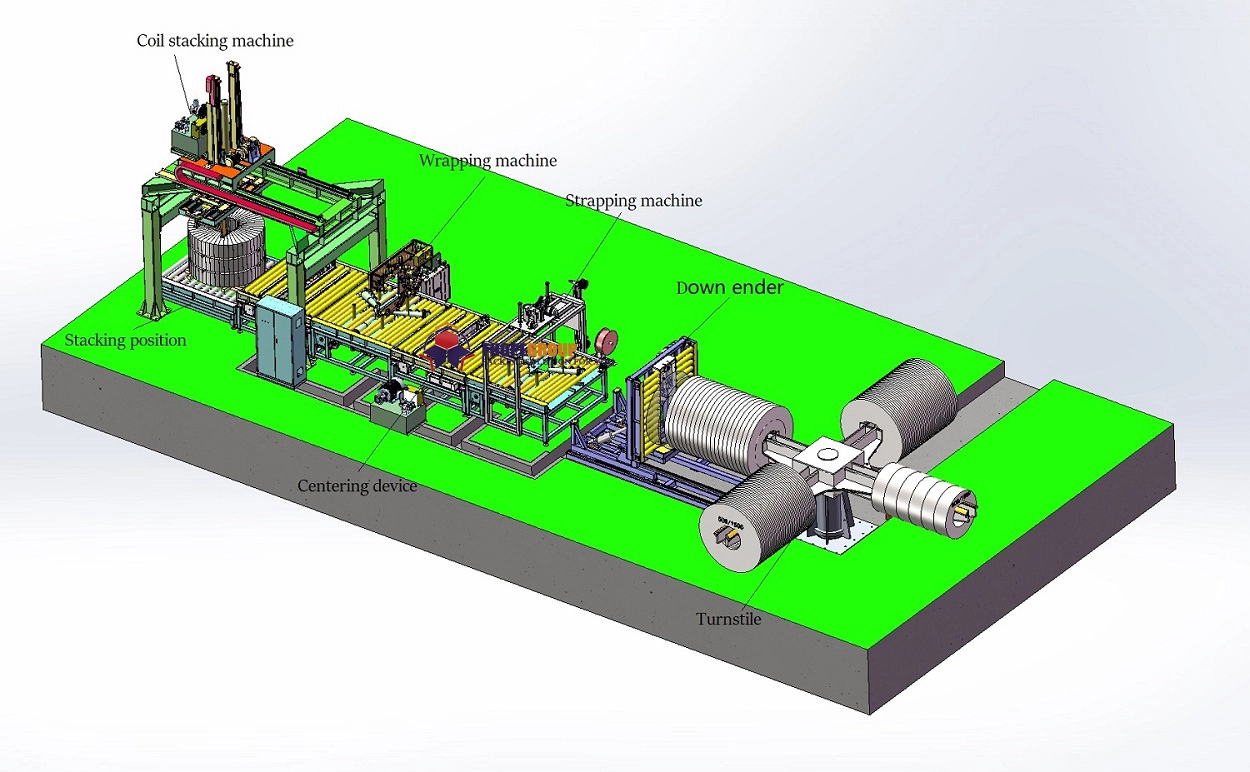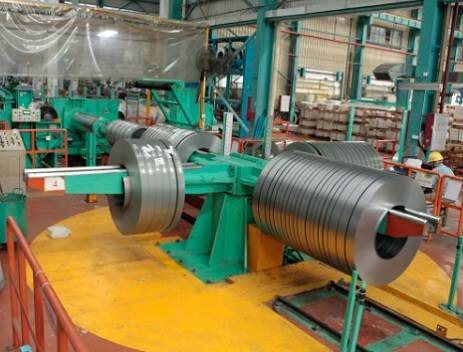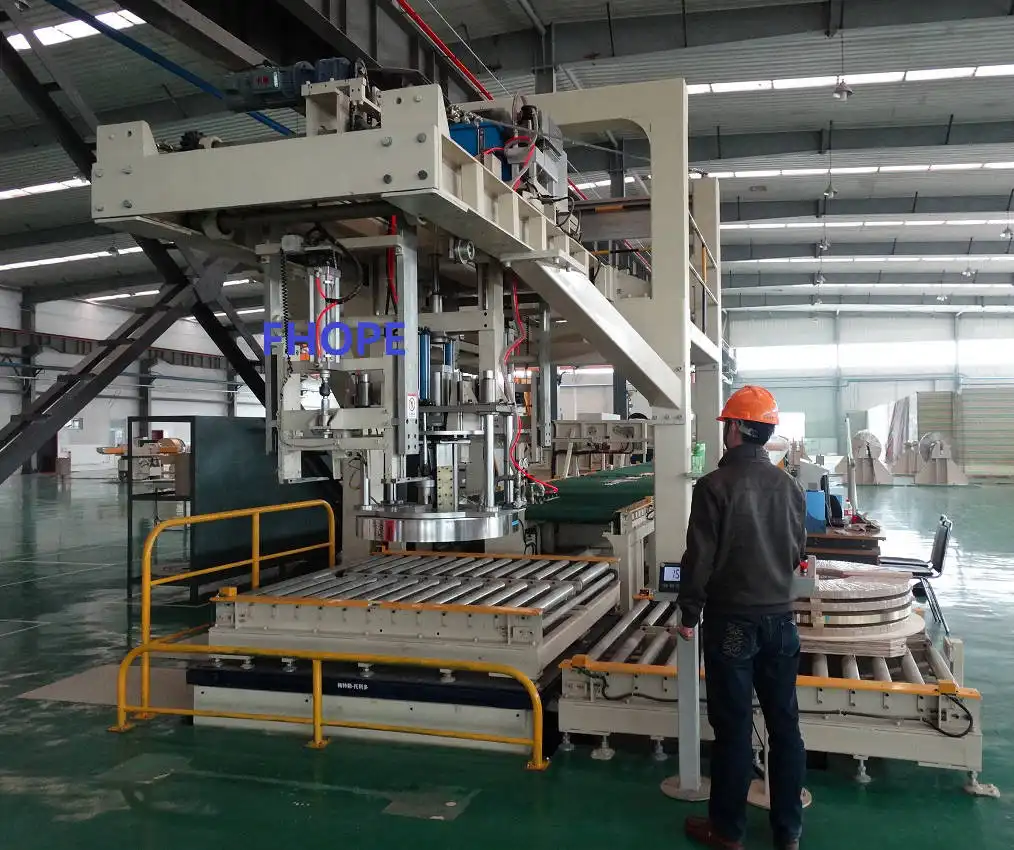Home > Products > Show Room > Coil Packing Line >
Fhopepack Innovation
What Is The Technical Efficiency for Slit Coil Packaging Systems
These advanced systems are designed to seamlessly integrate automation and mechanization throughout the entire packaging process, ensuring maximum efficiency and productivity. At the heart of our Slit Coil Packaging Systems is a fully automated material handling system that effortlessly transports and positions the coils.
